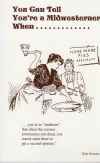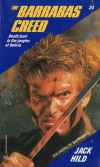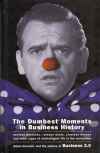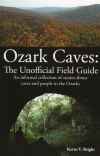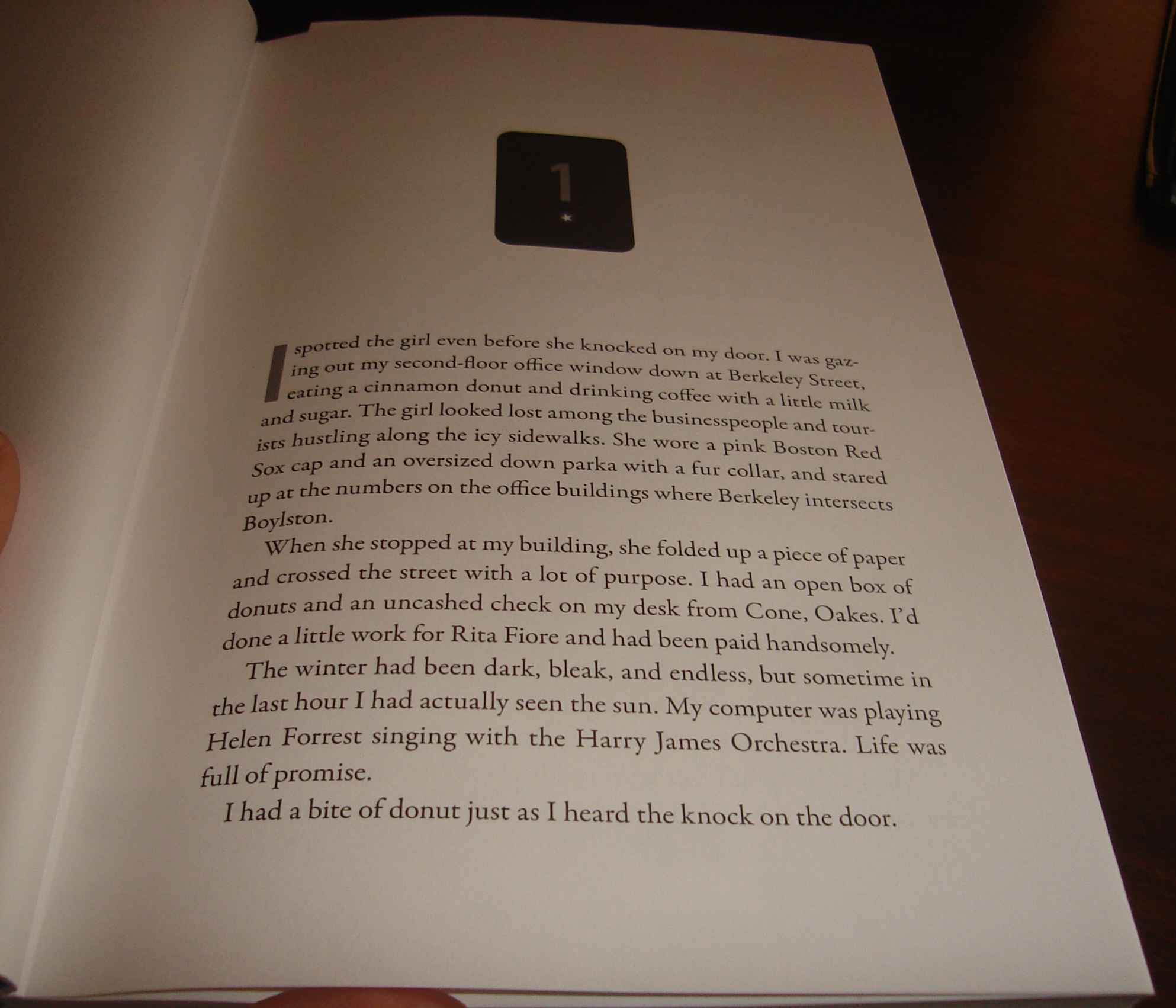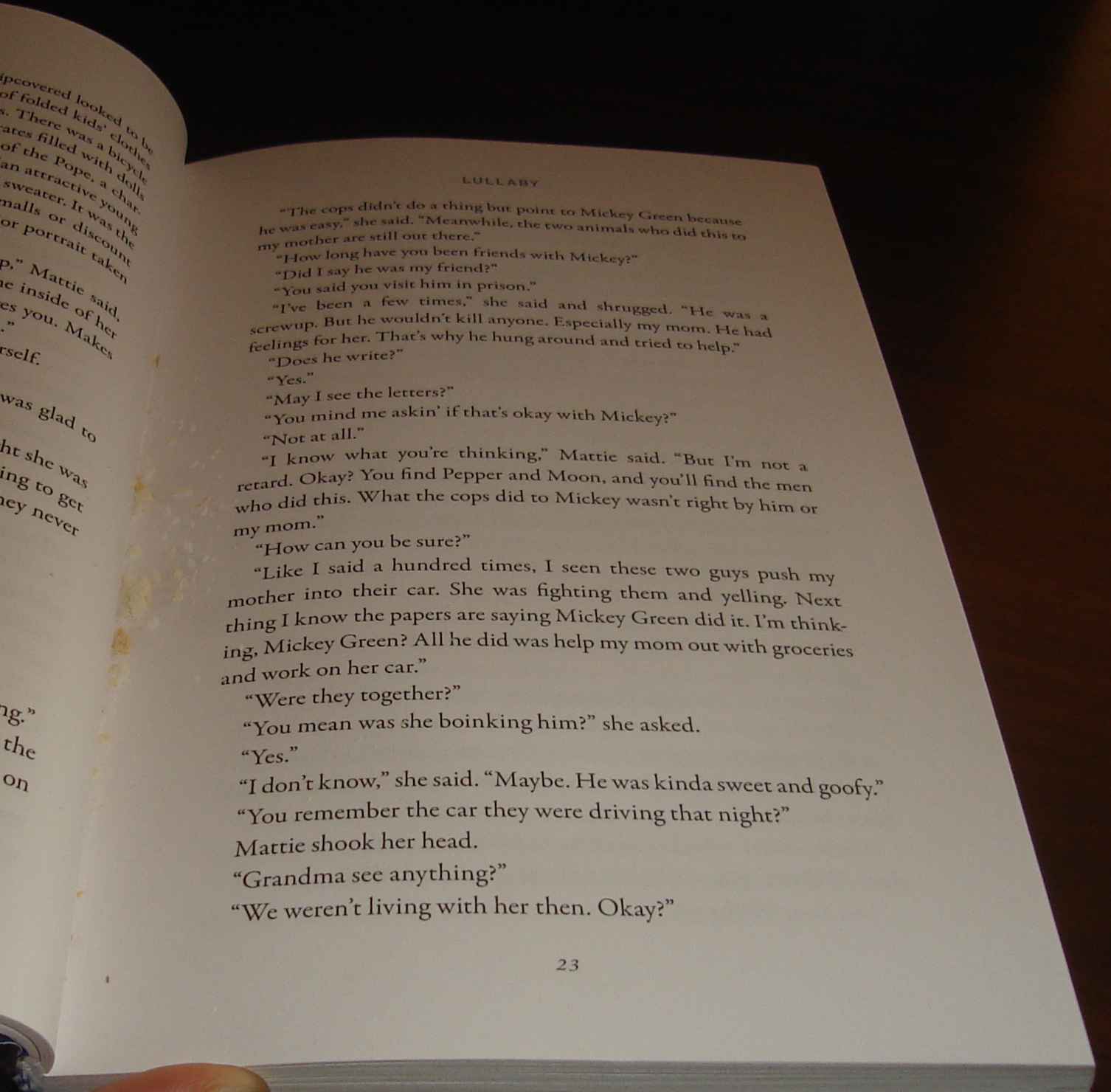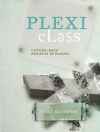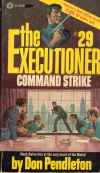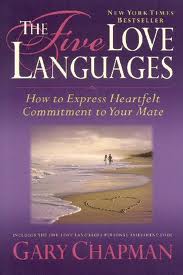 This book offers a template through which you can view the relationship with your significant other, typically a spouse as this is a lightly Christian-flavored book (although it’s lighter than something like So What’s The Difference, so non-Christians can get something from this book if Christianity does not offend them). Chapman identifies five distinct silos of behavior types to which classify interactions with one’s significant other (or others–more on that later). He uses the metaphor of a “love tank,” a vessel that holds positive feelings towards one’s SO, which is constantly draining but that you can fill up with one or more actions in the template.
This book offers a template through which you can view the relationship with your significant other, typically a spouse as this is a lightly Christian-flavored book (although it’s lighter than something like So What’s The Difference, so non-Christians can get something from this book if Christianity does not offend them). Chapman identifies five distinct silos of behavior types to which classify interactions with one’s significant other (or others–more on that later). He uses the metaphor of a “love tank,” a vessel that holds positive feelings towards one’s SO, which is constantly draining but that you can fill up with one or more actions in the template.
The five love languages (sorry, apparently this is a registered trademark, more appropriately The 5 Love Languages®) are:
- Words of Affirmation, which is saying something nice.
- Quality Time, doing something together.
- Receiving Gifts, which relies on physical tokens.
- Acts of Service, which is doing something for someone.
- Physical Touch, which is pats, hugs, holding hands, and sex.
So finding your partner’s primary love language and showing love for your partner will help to “top off” that love tank and keep the relationship strong and healthy. Okay.
Well, it is a new framework in which to view one’s relationship, and by thinking of the relationship and the trappings/interactions of the relationship qua relationship, I can see where this is helpful. However, the book focuses a lot on primary love language, where I can see how using more than one of them as expressions of love in daily interactions can be more beneficial still than only focusing on one (although one might have primacy over the others, yes, I get that).
Chapman explains or wonders whether the source of the primary love languages stems from youth, what the child lacked at home or how the child saw his parents interact and chose to emulate or reject those patterns of behavior. That can be a little forensic, really, and what matter most is in the present application of the framework.
The book is told as a series of composite sketches, where Chapman talks to people or couples and they have epiphanies every chapter. I guess I can live with that fictionalized dramatic recreations of complete conversations. But after he gets through with his thesis, Chapman tacks on a couple chapters of further examples that were a bit superfluous and includes a chapter of using the framework with your children, which I didn’t find consistent with the premise that the source of the primary love language came from childhood. I can see it being something on the nature side of the ledger, but in the first chapters, the source of the primary love language comes from the nurture side. I dunno. Didn’t work for me.
So it’s an interesting read and might be a new framework, a template for considering your interactions with others, but it’s just a template, ultimately, and if or how you choose to apply it should remain up to you.
Books mentioned in this review:
 This book is a collection of black and white photographs, along with a couple of poems, by the author, a former architect who brought his design eye to photography. He prefers, as do many photographers, the wild, bridges, and old buildings. He also is a fan of a certain photographic techinique–longer exposure times or development times–that washes water splashing into a white miasma. I remember when my photographer for the St. Louis Artesian used a similar technique for the first cover with her photograph “Shattered Water”. Wow, I was the editor of a literary magazine such a long time ago that its Internet presence is slim? That was almost twenty years ago.
This book is a collection of black and white photographs, along with a couple of poems, by the author, a former architect who brought his design eye to photography. He prefers, as do many photographers, the wild, bridges, and old buildings. He also is a fan of a certain photographic techinique–longer exposure times or development times–that washes water splashing into a white miasma. I remember when my photographer for the St. Louis Artesian used a similar technique for the first cover with her photograph “Shattered Water”. Wow, I was the editor of a literary magazine such a long time ago that its Internet presence is slim? That was almost twenty years ago.


 I swapped a copy of my novel for
I swapped a copy of my novel for 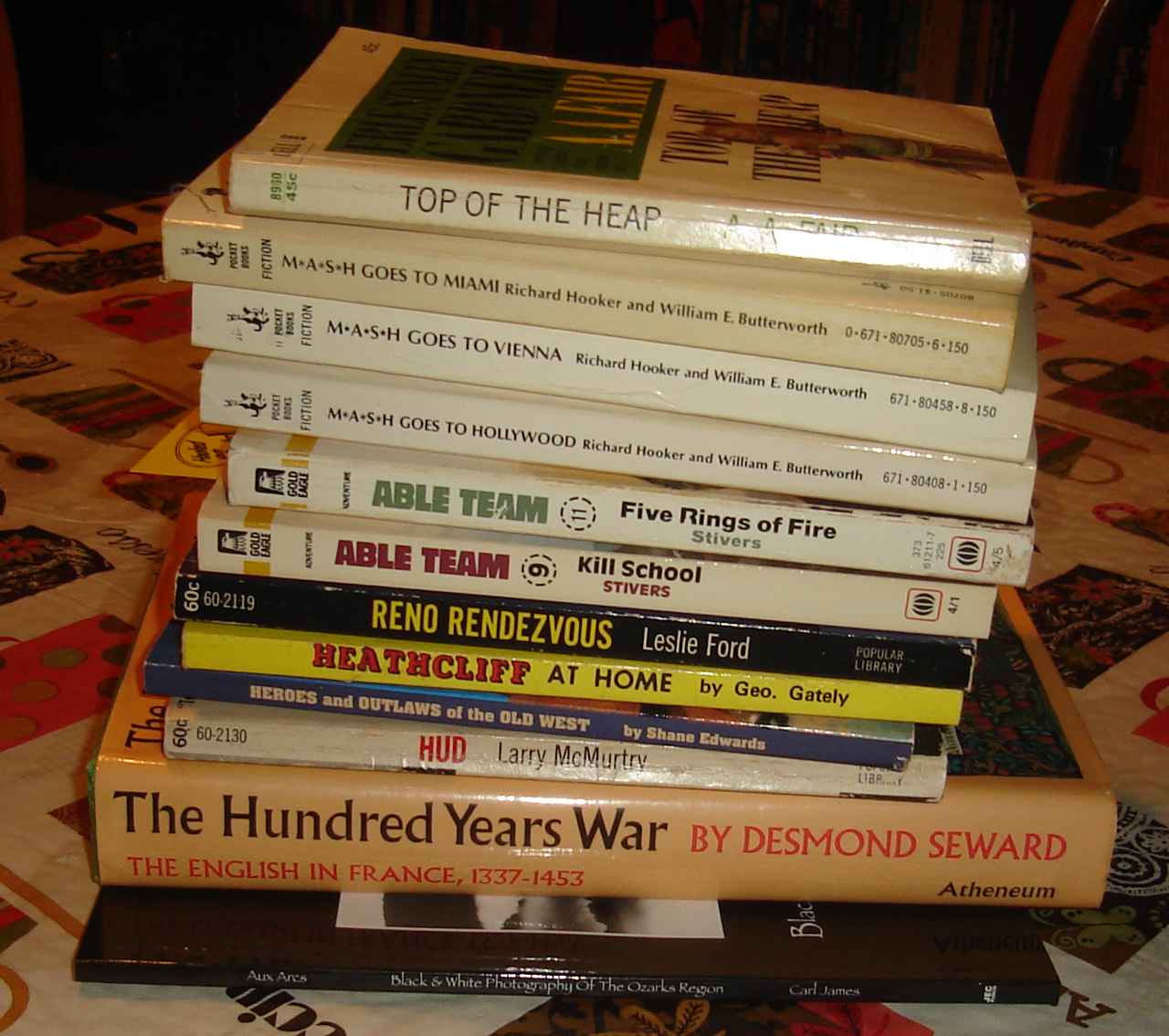
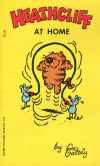
 This book is a little tourist guide to the All Saints Church in Wing, Buckinghamshire, England. I certainly didn’t visit it, and I’m not sure what I would have paid for it, but I doubt it was fifty cents. The booklet is only 20 pages of text and photos, after all.
This book is a little tourist guide to the All Saints Church in Wing, Buckinghamshire, England. I certainly didn’t visit it, and I’m not sure what I would have paid for it, but I doubt it was fifty cents. The booklet is only 20 pages of text and photos, after all.
